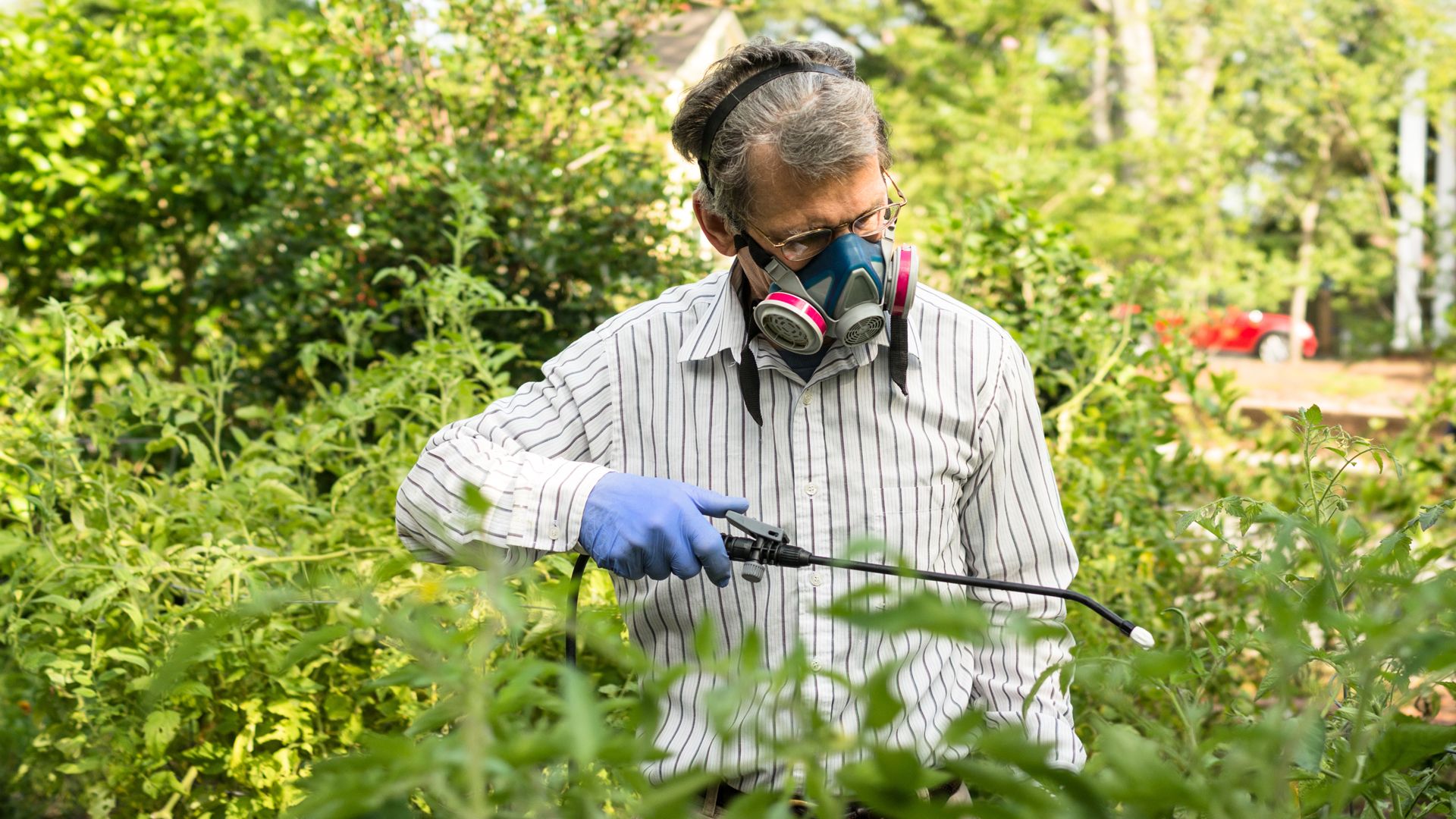While most people may understand this experience as a familiar one, what they don’t understand is how easily termites can turn the wooden structures of their home into something that bears a disturbing resemblance to that tree. If you’re not being proactive in preventing a termite infestation, your McKinney home could be next.
Termite Damage Eye-Openers
Most people go through life with blinders to termites. “It won’t happen to me” or “Termites don’t attack nice houses”. This kind of thinking will get you into a lot of trouble. Termites are attracted to any kind of home that allows moisture to soften its wooden structures. The worker termites will eat away at these structures, causing thousands of dollars worth of damage in less than two years.
You won’t see the workers, but you may be able to hear them clicking within your walls. You might also notice frass, which is a mixture of wood pellets and termite excrement, that they’ll kick out of their tunnels. This could build up along your baseboards when the infestation is severe. Along with worker termites, there are swarmers: winged termites in charge of reproduction. If you see a termite swarm, (a grey, buzzing cloud outside your home), you either have a termite problem already, or you will soon.
Keeping Your Home Safe
Most termite infestations go unnoticed for over a year. That’s enough time for most termite colonies to do an average of $3,000 worth of damage to your property. However, you don’t have to sit back and allow them to colonize freely. There might not be anything you can do to eradicate a termite infestation, but here are some things you can do to avoid one:
- Prevent moisture buildup in the home. Since termites love moistened, rotting wood, you’ll want to avoid any sort of moisture buildup in your home. Use a dehumidifier in your crawl spaces and monitor your pipes for leaks as much as you can.
- Avoid moisture buildup around the home as well. When it rains, water can pool up next to the wooden portions of the foundation, allowing termites to eat their way in much more easily. Using a gutter and downspout system to expel the water away from the sides of the house is the best way to avoid this occurrence.
- Clean up your yard. Any organic matter, like piles of sticks or leaves, can attract termites and moisten the soil in your yard. You’ll also want to store firewood away from the house, off of the ground, and in a shelter that will prevent it from getting wet.
- Limit soil-to-structure contact. By creating a barrier between the soil and the wooden portions of the foundation, you’ll deter termite entrance. 12-18 inches is an ideal width for this buffer.
Unfortunately, plenty of homeowners try their best to adhere to these guidelines and still incur infestation. You really just never know with these destructive pests. The only guaranteed method of termite prevention is professional pest control methods. Contact our experts at Big D Pest & Termite Services before it costs you big time.

